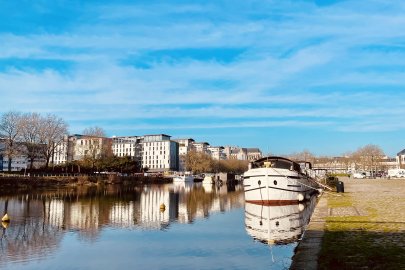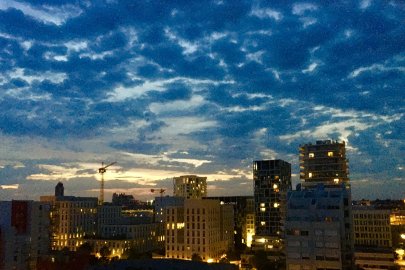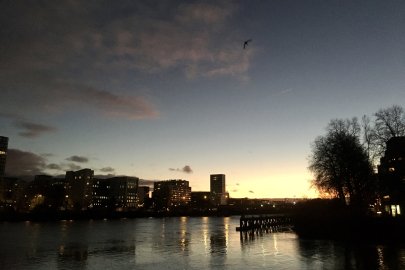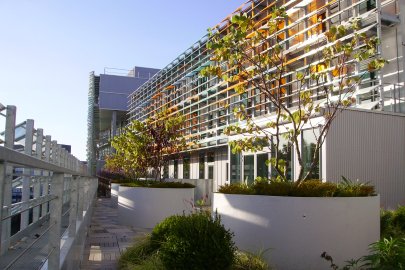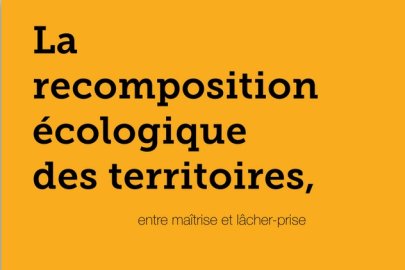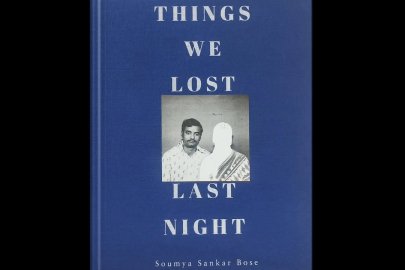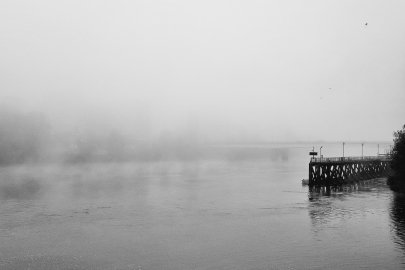Duendes: Symbiotic living in our otherwise common world
Alonso Barros
The second decade of the 21st Century witnesses paradigmatic changes in the way we think we inhabit the biosphere, “other-wise”.
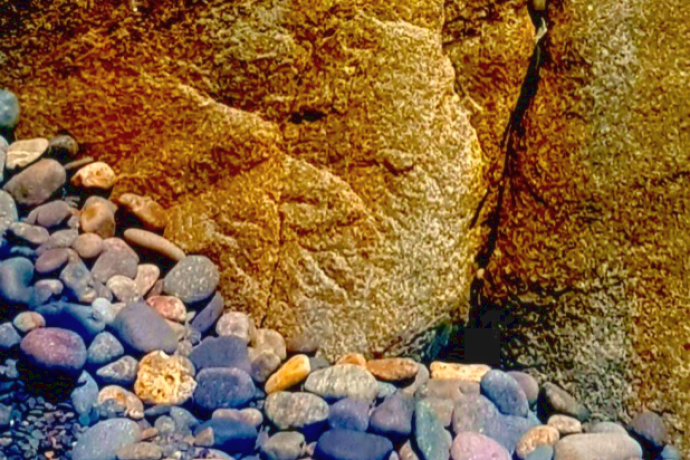
"In this land, there first lived snakes amaro; savages, zacha runa, uchuc ullco; jaguars, otorongo; duendes, hapi nuno; poma, lion; atoc, fox; bears, ucumari; luychoy, deer..." (about the First Humanity, before being turned into stone) Guaman Poma de Ayala 1615-1616, 50.
Current ethnography for instance, accepts the existence of agentic other-than-human magical, fairyland beings, as embedded with and bound to our world, where a diverse multitude of sprites of all sizes, shapes and colours are known to thrive in the human midst.
Popular lore in Iberian-American countries calls one such natural and generically invisible other-than-human being, Duende[1]. This word is a Hispano-Luso contraction and variation of the “dueño de” or "owner of" nature concept -retaken literally by Guamán Poma de Ayala in the epigraph and by Gonzalez Holguín to refer to the huacas, ghosts, goblins, boogeymen, gnomes, and other fantastical creatures of 16th C. and 17th C. Andean imaginaries. Around the world, such “other-than” humanities, generally correspond to “small people” gnomes or homunculi, alongside multitudes of little devils and domestic imps, lars and penates, all akin to Iberian Duendes, the Mapuche N’gen, Filipino dwende, Pan-European elves, Pan-African-like djinns and Australasian creatures of their ilk, cognate to Roman genii locorum, the genies of places, the worldly spirits of all living things.
The public image of Andean Duendes was forced to transition from being considered charismatic natural entities -angels “nor good nor bad”, to becoming evil and demonic ones -especially in the genocidal context of Spanish christianization and “extirpation of idolatries”. Duendes showed up frequently in Spanish literature, well into the rise of modern rationalism (religious, scientific and philosophical) (early 17th C.- late 18th th C.).
Present-day Duendes dwell freely inside the earth, caves, rocks, crevices and waters. They move, cry, dance, and sing along the sounds of rivers, frogs and birds; they are "messengers", envoys of the sun and the elements, spirits of the land, caretakers of the semio/biosphere (noosphere). The more urban ones live in homes, ruins and cemeteries, fickle sprites that breathe life into the mountain or hill, animate the wind, clouds, rain, a forest and its trees. Amongst the Mapuche, the waterier N’gen announce themselves in the figure of a snake or rainbow that emerges from their head, as its telltale presence.
Duendes managed to survive Catholic persecutions in the Andes by binding and keeping care of human/other-than human interphases with nature, through the centuries, to this day -mostly by piloting the clouds and rain.
In short:
Humans use natural resources that belong to other-than-human Duendes. They must take care of these "little people" in stones, or bush or in the clouds, and treat them well, if they want to continue coevolving. So that by caring for the well-being of the Duende guardians or entities (in) visibly responsible for the elements, and attending to their needs, humans are also caring for their own good.
In times of global meteorological chaos and ghastly deaths, in a world burning with fossils, we need to find out and even imitate how Duendes and familiar other-than-human forces of life, like clouds, may be partly responsible for natural weather. One should try to reclaim the complex citizenship of human/other-than-human relations, learn the interdimensional code with which to interact with them -visual or other- and help with the task of controlling the weather and climate. Only by recognizing and respecting the Duendes may we learn to live with them “other-wise”, to restore some balance to the ravages of weather and climate, clouds, rains and stone.
[1] Merriam Webster defines duende as “the power to attract through personal magnetism and charm”. To flamenco aficionados Duende or tener duende (“having duende”) loosely translates as passion, a heightened state of emotion, or artistic expression.


